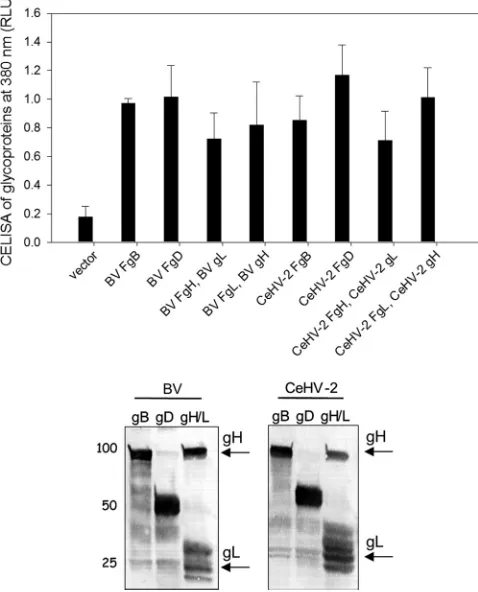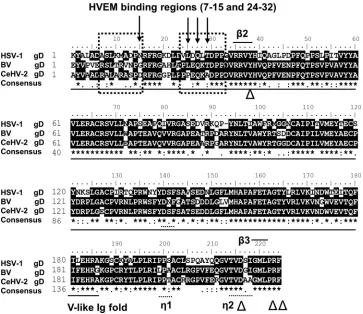Herpes B Virus Utilizes Human Nectin-1 but Not HVEM or PILRα for Cell-Cell Fusion and Virus Entry
Full text
Figure




Related documents
We investigated virus-cell interactions by the following two methods: (i) using purified bovine PV virions or human PV type 11 (HPV type 11) virus-like particles (VLP) to test
The role of the origin-binding domain of simian virus 40 large tumor antigen (T antigen) in the initiation of virus DNA replication was investigated by analyzing the
160 ,ul of the preparation of intracellular virus (lane 2) contains approximately 2 p.g of E protein, which corre- sponds to 12 x 1010 physical virus particles, each containing
: Gender differences in the association of perceived social support and social network with self-rated health status among older adults: a population-based study in Brazil.
dilatation, duration of active phase of labour, second stage of labour,number of. contractions, fetal heart rate, I/V fluids, Medications used
We present the further development of an existing model of the geological water cycle. In the model, seawater δ 18 O increased from about − 13.3 ‰ to − 0.3 ‰ over a period of 3.4
At the viral MOI we used (0.02), not all rotaviruses used integrins for infection. These viruses included OSU and WC3, which are of P types that are identical to those of viruses
Chapter 11 Summary and conc uding comments 11.1 Summary of research outcomes The major aim of this research was to improve our understanding of how spatial and temporal variations
